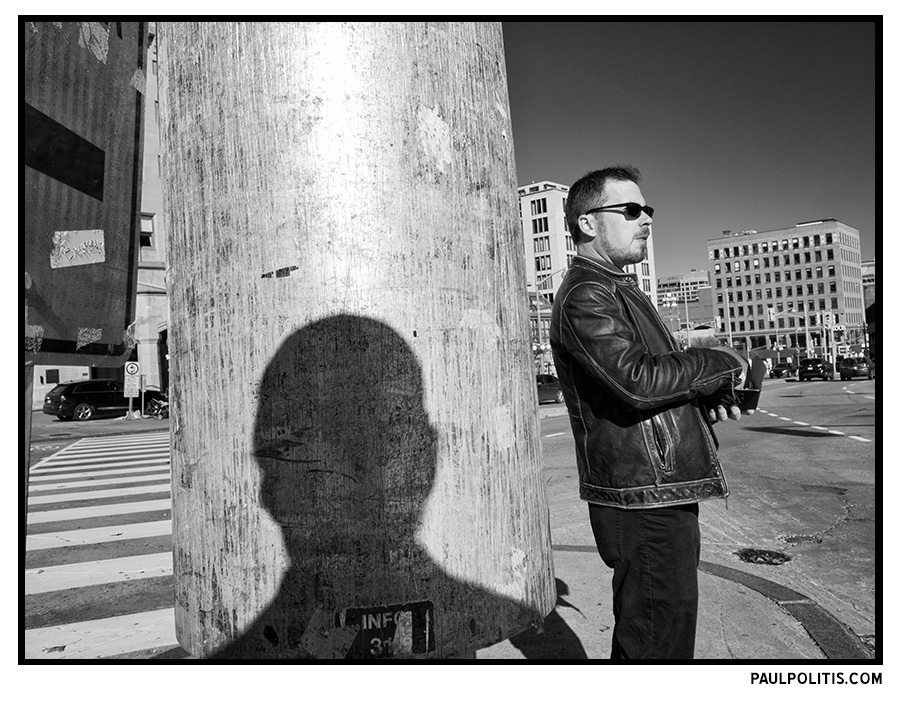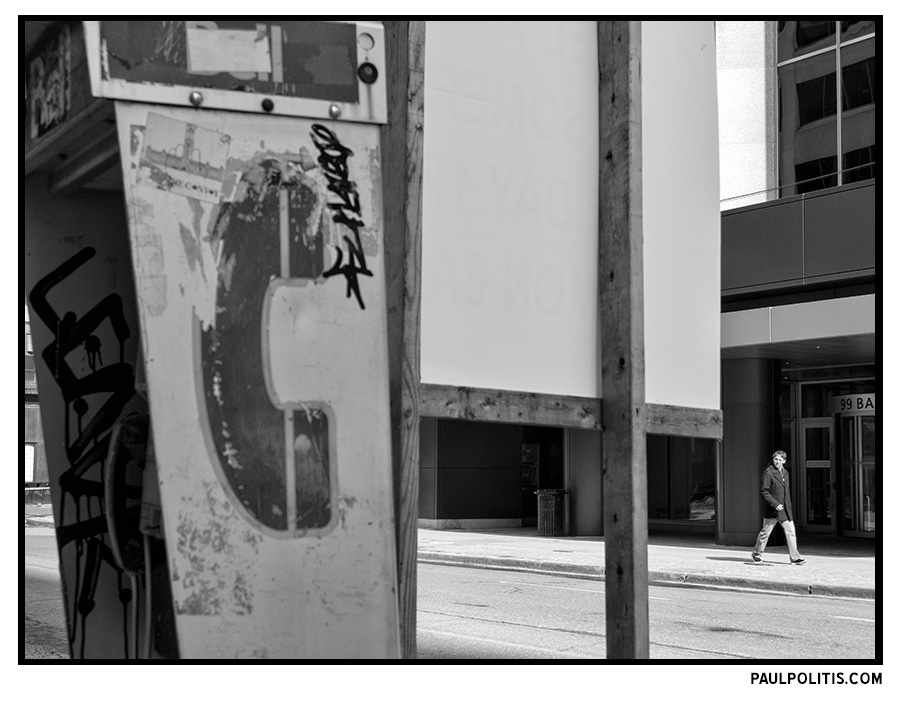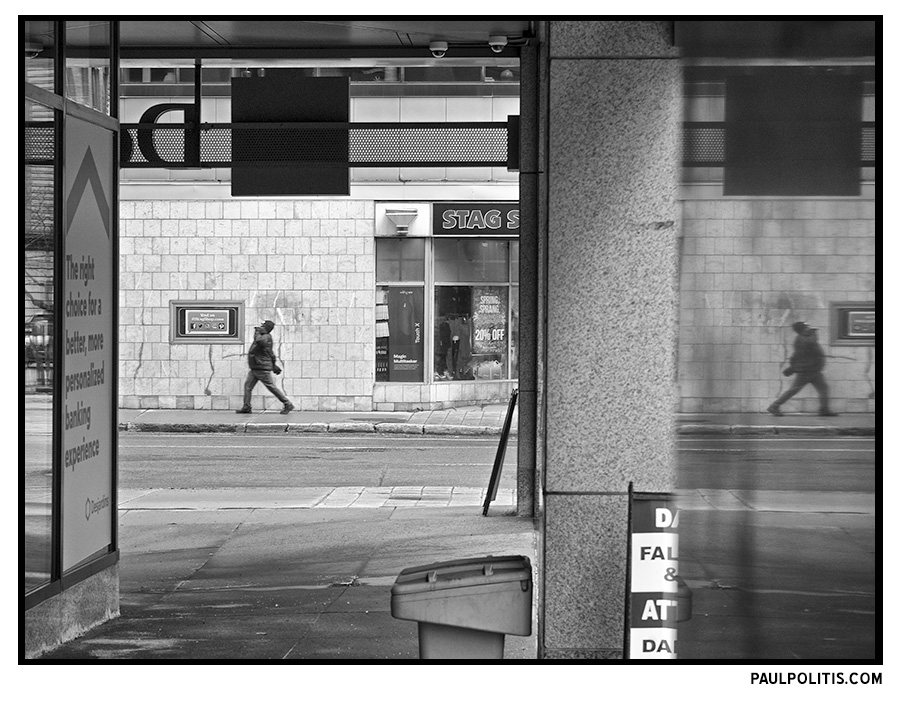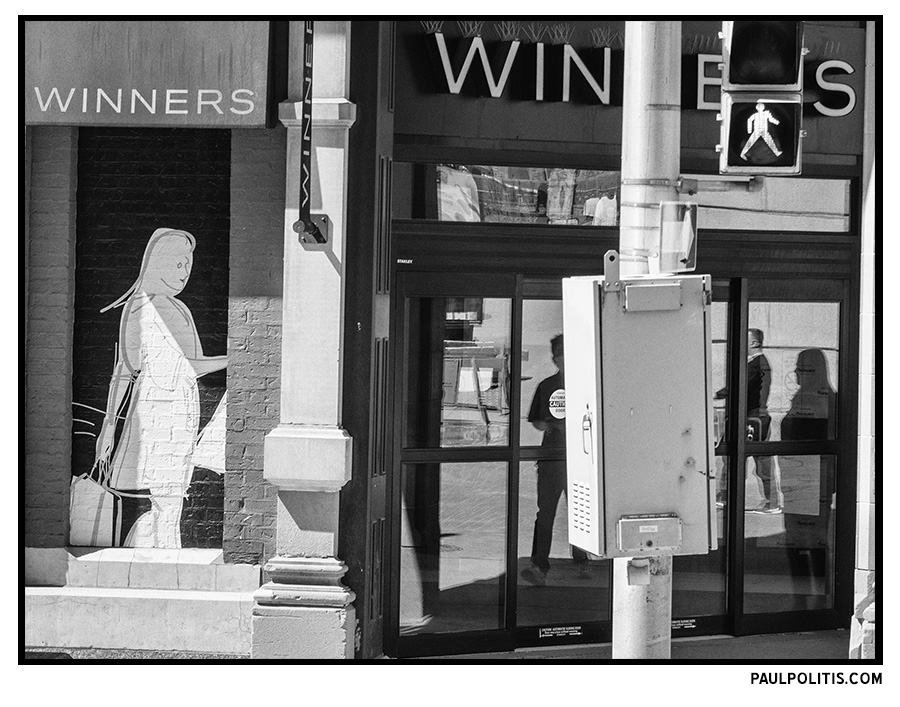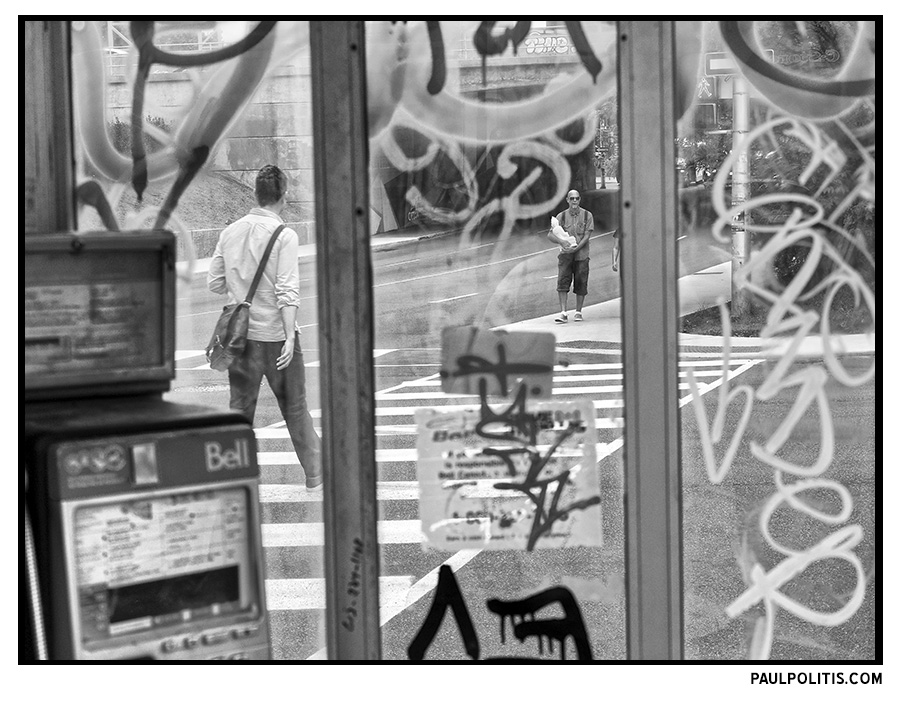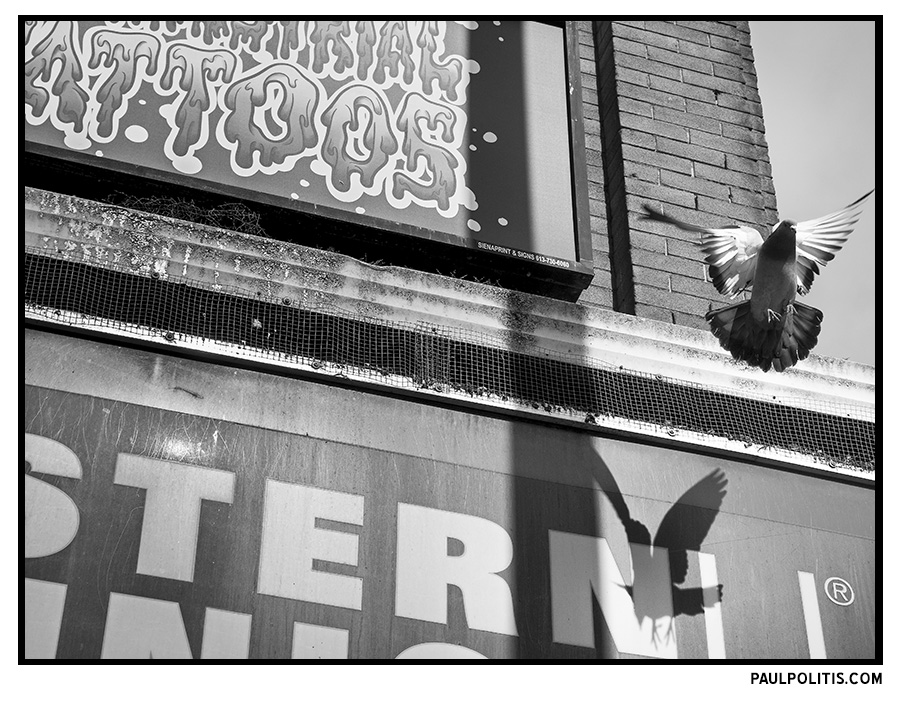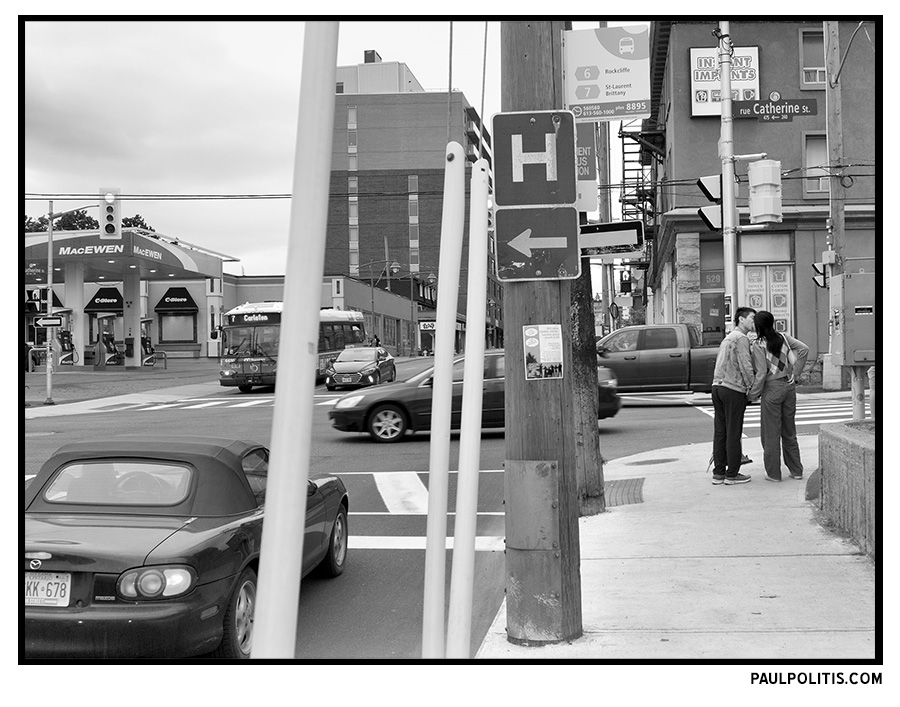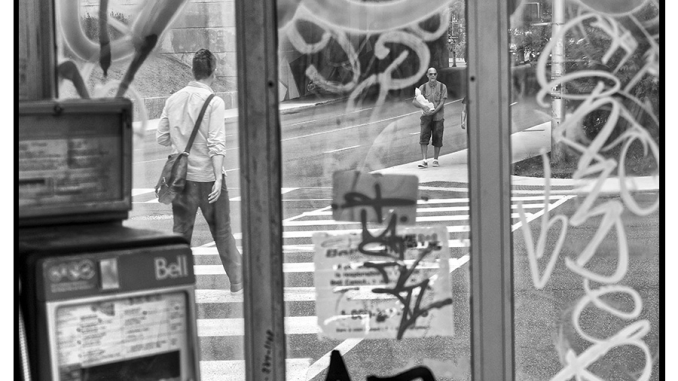
“For the perfect flaneur, for the passionate spectator, it is an immense joy to set up house in the heart of the multitude, amid the ebb and flow of movement, in the midst of the fugitive and the infinite. To be away from home and yet to feel oneself everywhere at home; to see the world, to be at the centre of the world, and yet to remain hidden from the world — impartial natures which the tongue can but clumsily define. The spectator is a prince who everywhere rejoices in his incognito. The lover of life makes the whole world his family, just like the lover of the fair sex who builds up his family from all the beautiful women that he has ever found, or that are or are not — to be found; or the lover of pictures who lives in a magical society of dreams painted on canvas. Thus the lover of universal life enters into the crowd as though it were an immense reservoir of electrical energy. Or we might liken him to a mirror as vast as the crowd itself; or to a kaleidoscope gifted with consciousness, responding to each one of its movements and reproducing the multiplicity of life and the flickering grace of all the elements of life…any man who can yet be bored in the heart of the multitude is blockhead! a blockhead! And I despise him!
…And so away he goes, hurrying, searching. But searching for what? Be very sure that this man, such as I have depicted him — this solitary, gifted with an active imagination, ceaselessly journeying across the great human desert — has an aim loftier than that of a mere flaneur, an aim more general, something other than the fugitive pleasure of circumstance. He is looking for that quality which you must allow me to call ‘modernity’; for I know of no better word to express the idea I have in mind. He makes it his business to extract from fashion whatever element it may contain of poetry within history, to distill the eternal from the transitory. Casting an eye over our exhibitions of modern pictures, we are struck by a general tendency among artists to dress all their subjects in the garments of the past. Almost all of them make use of the costumes and furnishings of the Renaissance, just as David employed the costumes and furnishings of Rome. There is however this difference, that David, by choosing subjects which were specifically Greek or Roman, had no alternative but to dress them in antique garb, whereas the painters of today, though choosing subjects of a general nature and applicable to all ages, nevertheless persist in rigging them out in the costumes of the Middle Ages, the Renaissance or the Orient. This is clearly symptomatic of a great degree of laziness; for it is much easier to decide outright that everything about the garb of an age is absolutely ugly than to devote oneself to the task of distilling from it the mysterious element of beauty that it may contain, however slight or minimal that element may be. By ‘modernity’ I mean the ephemeral, the fugitive, the contingent, the half of art whose other half is the eternal and the immutable.”
— Charles Baudelaire, The Painter of Modern Life
